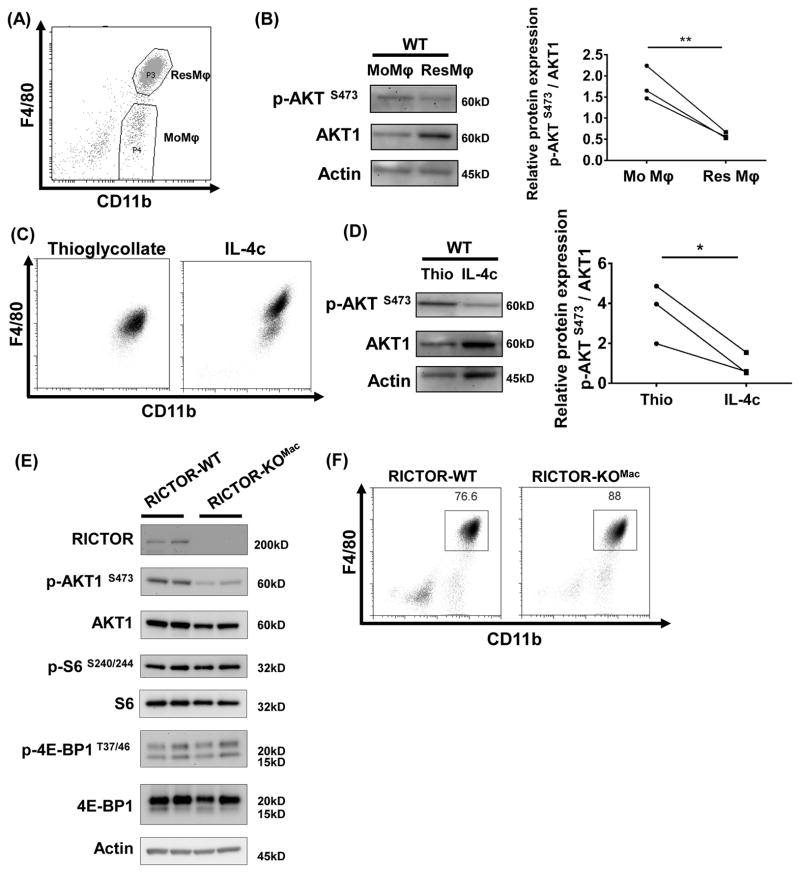Figure 1. Tissue-resident peritoneal macrophages have lower mTORC2 activity compared with monocyte-derived peritoneal macrophages.
(A) Peritoneal exudates were collected from unmanipulated C57BL/6 mice (pool of 10 mice) and stained with F4/80 and CD11b. Two subsequent populations were sorted: FACS sorted CD11b+F4/80hi (ResMφ) and CD11b+F4/80lo (MoMφ). (B) FACS sorted cells from (A) were subjected to immunoblot. mTORC2 activity was assessed by p-AKT S473 and was normalized to AKT1. (C) Mice were treated with thioglycollate on day 0 (Left) and IL-4c on days 0 and 2 (Right). Phenotype of cells from peritoneal cavity was analyzed by flow cytometry on day 4. (D) After 3 hrs incubation on plastic plate, attached cells were harvested and mTORC2 activity was analyzed by immunoblot (N=3/group). (E) mTORC1 activity (p-S6 S240/244 and p-4E-BP1 T37/46) and mTORC2 activity (p-AKT S473) on F4/80+ isolated peritoneal macrophages from RICTOR-WT and RICTOR-KOMac was measured by immunoblot. (F) Representative flow plot of macrophages from RICTOR-WT and RICTOR-KOMac stained with F4/80 and CD11b. ResMφ were defined as CD11b+F4/80hi. Data are compilation of three independent experiments (A–B) or representative of at least three independent experiments (C–F) *P < 0.05, **P < 0.01, t tests.

